The yellow-legged frog (Rana muscosa) is a federally listed species endemic to California.Credit score: Irfan Khan/Los Angeles Instances through Getty
Crops and animals that achieve safety by US regulation owe far more to research revealed in small, specialist journals than they do to these revealed in prestigious titles resembling Nature and Science. That’s the discovering of a examine1 that tracked citations linked to the Endangered Species Act (ESA), a US regulation designed to guard and help the restoration of species susceptible to extinction.
On condition that the ESA has the facility to halt logging, building, problematic fishing practices and different human actions that threaten susceptible wildlife, getting a species added to it may be an vital manner for a conservation biologist to assist defend populations.
However publishing within the sorts of journal which might be extra prone to affect the ESA might set conservation researchers again of their careers, says examine co-author Brian Silliman, a marine conservation biologist at Duke College in Durham, North Carolina. For selections about who will get employed, promoted or funded, he says, a researcher’s influence is too usually equated with the variety of citations they obtain and the influence issue of the journals they’ve revealed in (the usual manner of calculating a journal’s influence issue is by dividing the variety of occasions all of the papers it has revealed previously two years have been cited within the final yr by the entire variety of papers revealed in these two years.)
“When you’ve graduate college students who’re making an attempt to get jobs, you usually advise them to not publish in taxon-specific journals, as a result of they’re going to be low influence issue,” says Silliman. “Even when it’s nice science and it has purposes to different methods, it’s a really restricted viewers and it’s going to be tougher for them to get a job.”
This disconnect between what’s valued in academia and what has real-life influence prompted Silliman to ask a graduate class to consider alternative routes to guage analysis. PhD pupil and co-author Jonathan Choi advised that they examine which journals are publishing the research which might be cited within the ESA when new species are added to it.
2024 Analysis Leaders
Choi and his colleagues examined documentation for the 260 species that have been added to the ESA by the administration of Barack Obama between 2012 and 2016. They counted 4,836 citations for tutorial papers revealed in 785 journals. Categorizing the journals in keeping with their influence issue, they confirmed that solely 7% of ESA citations got here from journals with an influence issue of greater than 9, whereas 87% got here from journals with an influence issue of lower than 4 or no influence issue in any respect. Mid-ranking journals accounted for six%. Journals that haven’t been given an influence issue by Clarivate — actually because they aren’t thought-about influential sufficient — represented 13% of ESA citations.
The staff additionally created an “ESA itemizing influence issue”, which was based mostly on the fraction of papers {that a} journal publishes that go on to be cited by the ESA. The best ranked journal was Pacific Science, a regional journal with a standard influence issue of simply 0.74.
Collectively, regional journals, resembling The Southwestern Naturalist and The American Midland Naturalist, and taxa-specific journals, such because the Journal of the Lepidopterists Society, American Fern Journal and American Malacological Bulletin, have been a very powerful sources of ESA citations, says Choi. Habitat-specific journals resembling Coral Reefs and Rangeland Ecology & Administration have been additionally vital, he provides.
The examine, revealed in Conservation Biology, highlights how conservation regulation depends on the kind of rigorous sensible work that’s usually revealed in area of interest journals however shouldn’t be rewarded by tutorial promotion and funding methods.
Larger help wanted for fieldwork
Choi is cautious to level out that the examine’s findings don’t devalue the form of theory-driven science that appeals to high-impact-factor journals. Moderately, they emphasize the necessity to help researchers who wish to do other forms of labor, resembling long-term population-monitoring research, with out sacrificing their profession prospects. “That’s actually vital science in relation to conservation that we stand to lose if we don’t incentivize this type of very baseline information assortment,” says Choi.

